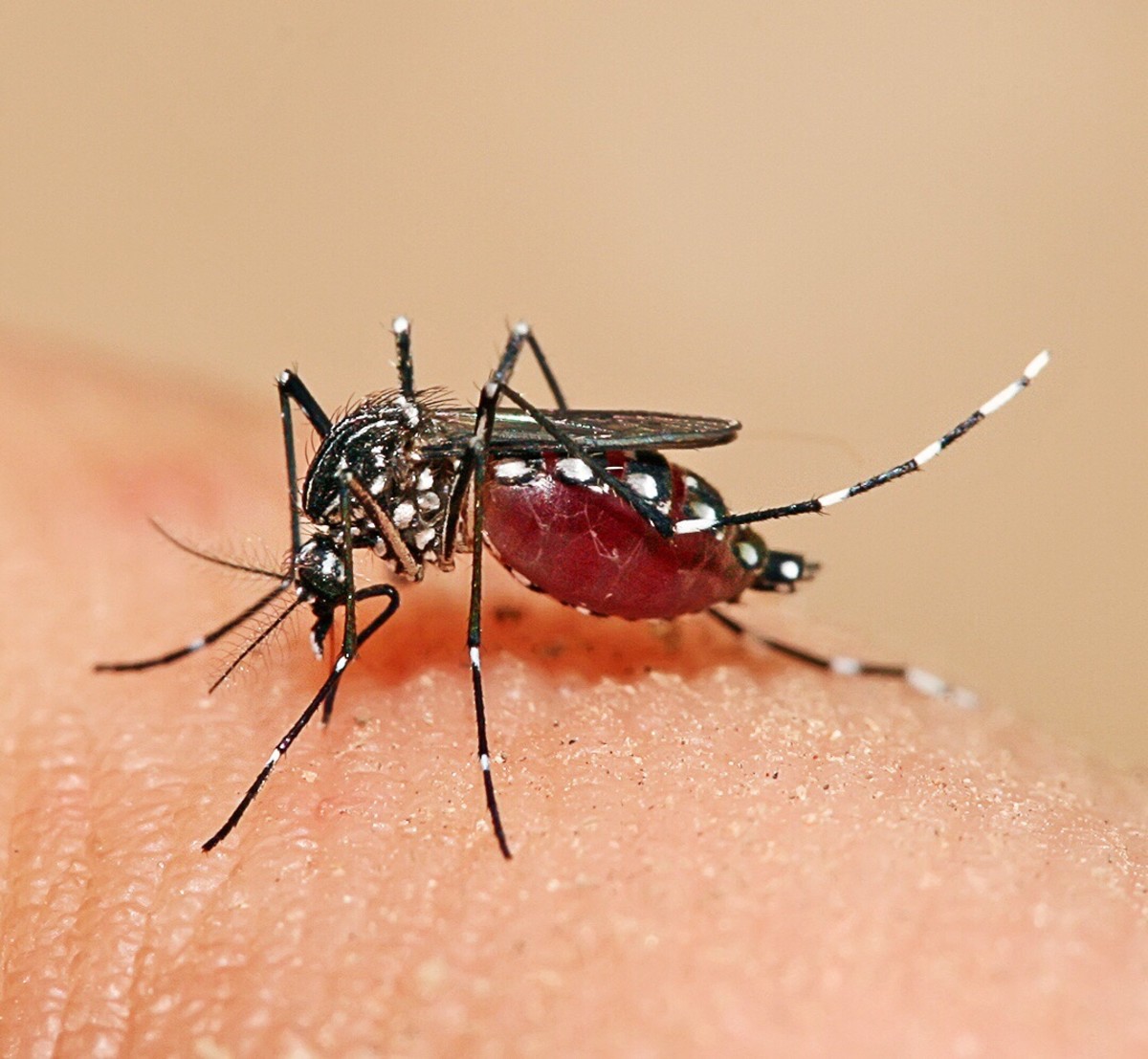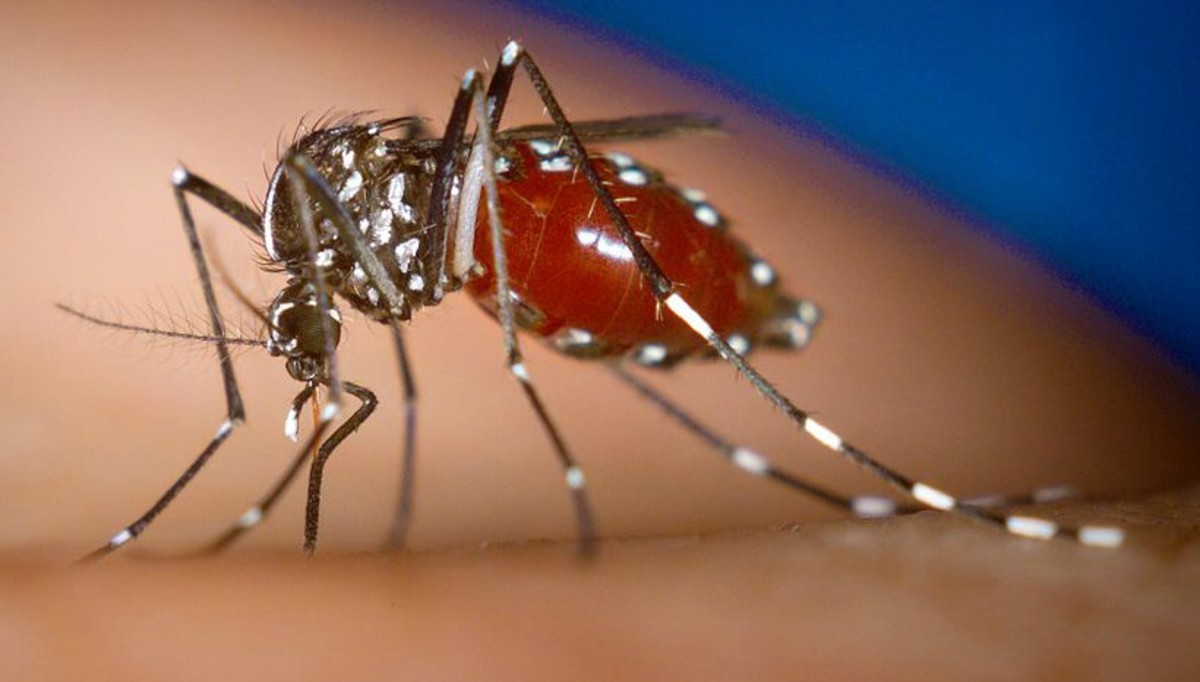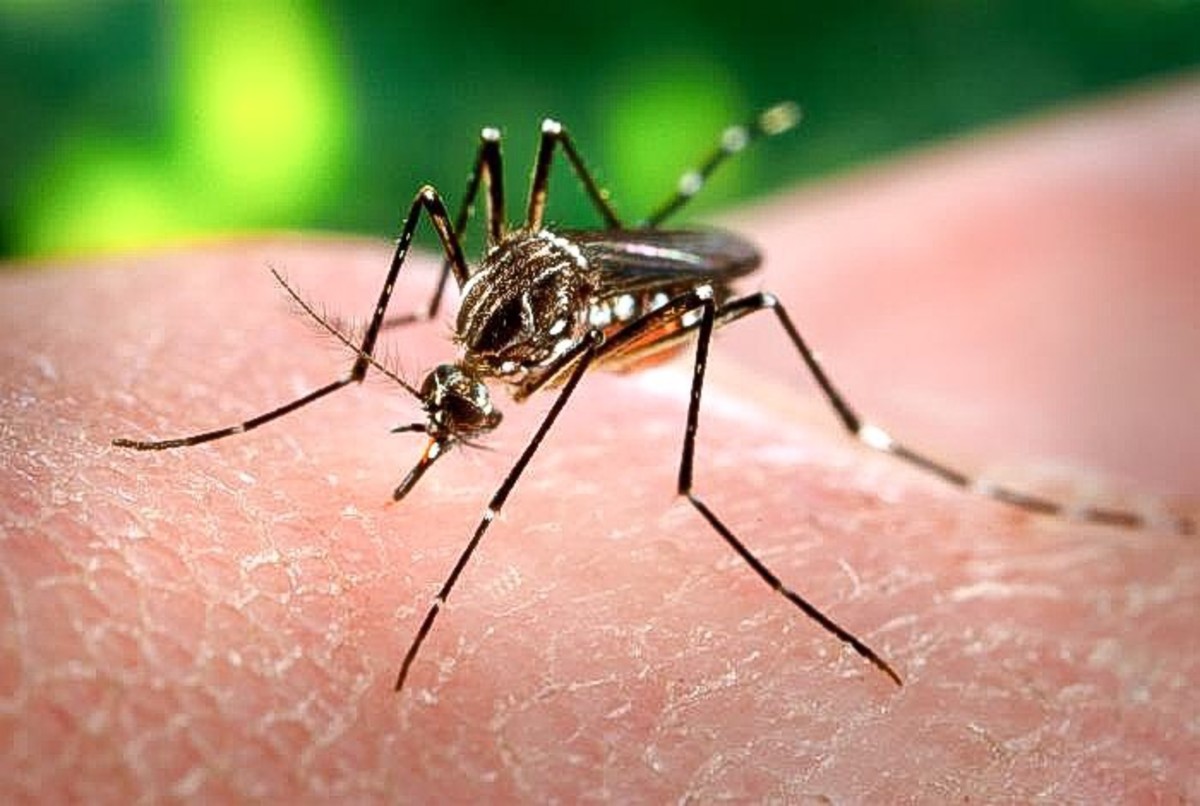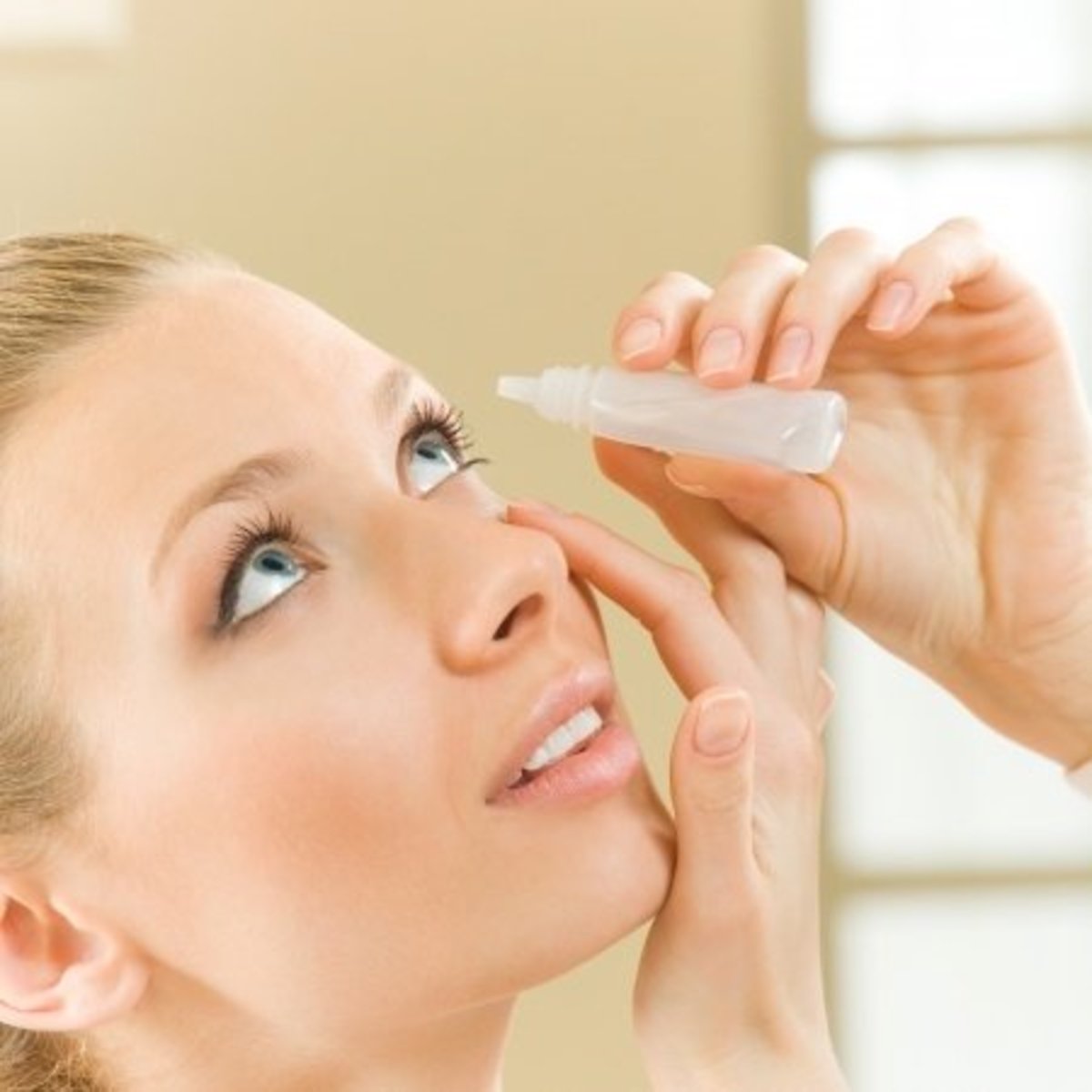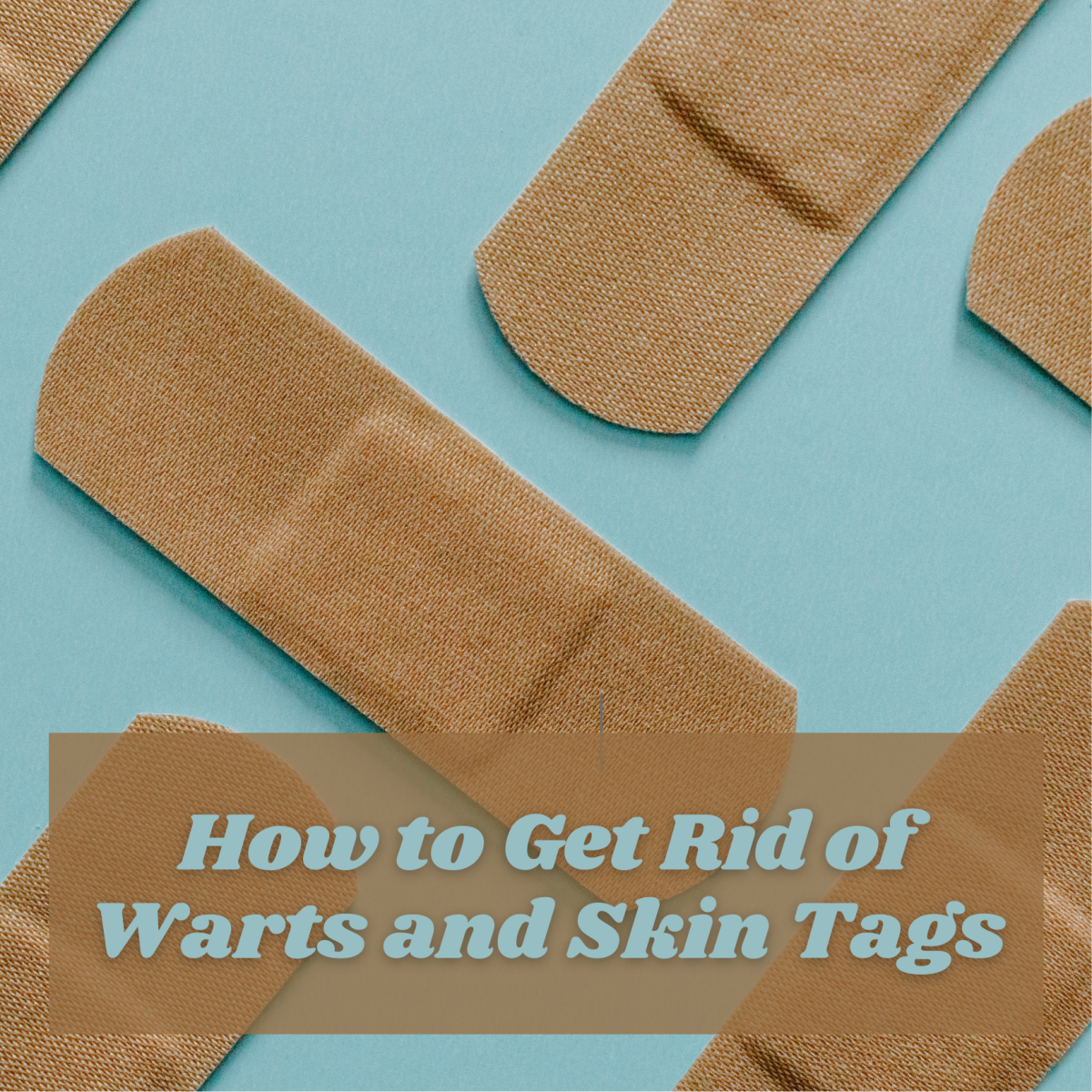Dengue Fever - now in the United States

Mosquito Diseases
Here in the Deep South, we have to worry about the dreaded mosquito killer. No – I’m not talking about the device you plug in outdoors that zaps the insect. Many of us have those, and we love them. I’m talking about mosquitoes that carry illnesses that can be spread to other species, including humans. Some of the mosquito diseases across the globe include malaria, yellow fever, Rift Valley Fever, Eastern equine encephalitis, Western equine encephalitis, West Nile virus, and dengue fever. I had a horse that contracted Eastern equine encephalitis, and it almost died. In fact, it was a miracle that he survived the disease with no ill effects. And, as I’m sure you know, mosquitoes also cause heartworms in dogs. Of course, not all these diseases are endemic to our region of the country. For example, I never thought I’d have to be concerned about Dengue fever unless I traveled to some third world country in Africa or to Southeast Asia or Latin America. That’s no longer true, though. In the past few years, cases of Dengue fever in the U.S have been reported. This is getting too close to home! And what’s really scary is that there’s no cure or vaccine for Dengue fever.
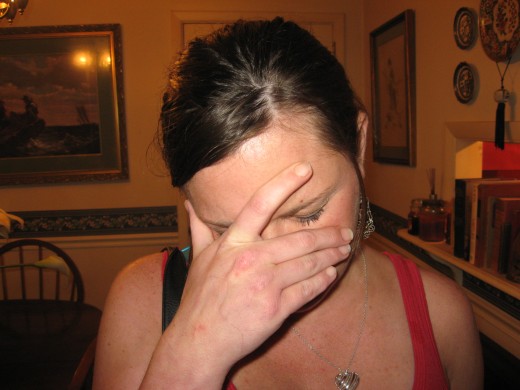
Dengue Fever
What is Dengue fever? I’d heard of the disease before, but I didn’t pay it much attention until fairly recently. As I’ve already mentioned, dengue is spread by the mosquito. Actually, it’s spread by several species of mosquitoes - most belonging to the Aedes genus. The word is pronounced to rhyme with Ben-Gay, the arthritis cream. It can also be pronounced with a long “e” at the end. In either case, the emphasis is on the first syllable.
Even though several types of Aedes mosquitoes can spread the disease, the one we folks in the United States should be concerned with are the Aedes aegypti. A distribution map of the mosquito, based on 2006 findings, shows the species in South Georgia, South Alabama, South Mississippi, much of Louisiana, parts of Southeast Texas, and all of Florida.
Dengue is a virus. A mosquito gets the virus when it bites an infected person. Unfortunately, mosquitoes handle the Dengue virus a lot better than humans do. The infection doesn’t kill the affected insects. In fact, it doesn’t even seem to make them sick, but they don’t “get well,” either. Once a mosquito is infected, it remains infected. When the infected mosquito bites another human, that person is exposed to Dengue.
Dengue Fever transmission:
Dengue Fever Symptoms
Dengue fever symptoms can be extremely painful, and the disease can be deadly. On the other hand, most people infected have mild symptoms or no symptoms at all. More severe cases might begin with a headache, chills, and fever. The fever might come and go, and it might spike to as high as 104 degrees. The affected person’s eyes and skin might redden, and a rash like the measles might appear. Pain in the lower back, loss of appetite, and weakness might be experienced. Nausea, vomiting, and/or diarrhea can occur, especially in children. Pain, sometimes severe, can occur in the muscles and joints, which is why the disease is sometimes referred to as “breakbone fever.” Lymph nodes in the groin area and neck might be enlarged. Other symptoms of Dengue fever can include abdominal pain, lethargy, and sinus-like pain behind the eyes. People with Dengue might bruise easily, or they might experience mild nosebleeds.
Dengue fever symptoms can take from three days to two weeks to appear after being infected from a mosquito bite. At first, some infected people might think they have the flu. After a few days, the symptoms will usually lessen, and the infected person might think he’s well. This respite is short lived, in most cases. After a day or so of feeling fine, the symptoms come back with a vengeance. That’s usually the point when the rash appears, and even the palms and soles can become red and painful.
Hemorrhagic Fever
Hemorrhagic fever is a severe type of Dengue that can develop when a person has contracted one type of Dengue and is then exposed to another type of the virus. Dengue hemorrhagic fever usually begins with the same Dengue fever symptoms – headache, high fever, and a rash. It includes other symptoms, too, like profuse nosebleeds, bleeding of the gums, rapid pulse, purple blisters under the skin, cough, sore throat, and black, tarry stools that indicate internal bleeding. The patient might also spit up blood. In cases of hemorrhagic fever, blood from the veins and capillaries can escape and pass into cavities of the body. It can also negatively affect production of platelets by bone marrow, making the blood too “thin.” With the decreased amount of blood comes hypotension, and vital organs are starved of oxygen-rich blood. In such cases, the affected organs begin to shut down or be damaged. This might include the brain, the liver, the lungs, and the heart, and seizures can occur. When the circulatory system shuts down enough, shock can occur. This condition is often referred to as “Dengue shock syndrome.”
Dengue Hemorrhagic Fever:
Hemorrhagic Fever - part 2
Dengue Fever Treatment
Dengue fever treatment usually focuses on relieving the symptoms of the disease and managing fever. There is no cure for Dengue. Treatment for Dengue fever largely depends on the symptoms and on how ill the patient is. Pain relievers might be used, but aspirin and other blood-thinning medications should be avoided. Most patients are advised to drink lots of fluids in order to stay properly hydrated, and cool sponge baths can help manage fever. If the case is serious, the patient might need a stay in a hospital to receive fluids and electrolytes via IV and to be closely monitored for hydration, urine output, blood pressure, and capillary refill. In the case of hemorrhagic fever or Dengue shock syndrome, blood and platelets might be given through transfusions. If the blood oxygen level is low, oxygen therapy might be used, too.

Dengue Fever In Florida
There’s been Dengue fever in Florida. That’s definitely too close to home – we live in South Georgia, just fifty miles from the state line. According to the CDC world health map, cases have been reported in Miami-Dade County, Seminole County, and Osceola County. Over the years, there have been cases of Americans having Dengue fever, but until 2009, those people were infected while outside the United States. In 2009, however, a case of natively contracted Dengue occurred in Key West. It was the first in over seventy years. The disease is pretty widespread in Mexico now, and communities on Texas’s southern border are in danger. Dengue seems to be steadily moving northward. Consider Dengue fever in Florida. It first appeared in Key West but has now been diagnosed in Seminole and Osceola counties. Osceola County is in the middle of the state, far north of Key West. Seminole County is even farther north.
Why are the Aedes mosquitoes expanding their normal range? Biologists say several factors are in play. One might be global warming or climate change. Another reason might be increased travel, globally. If you travel to an area that has the Aedes mosquitoes, you could accidentally bring one home with you. Increased trade among different nations might also be partially responsible. The insects could be stowaways with goods. If it’s a pregnant female…
Disease Prevention
In many cases, the best disease prevention comes in the form of a vaccine. With Dengue fever, however, there isn’t a vaccine available at the present time. Scientists are working on one, but it’s not yet ready of available for the general public. The only sure way to avoid Dengue is to stay away from areas where the Aedes mosquito lives. If you enjoy traveling to tropical locales, you might want to rethink your vacation plans. For this strategy to work, you’d have to stay away from the Bahamas, Mexico, Central America, the Cayman Islands, Florida…practically anywhere that’s warm, wet, and sunny. Actually, Aedes mosquitoes can now be found in every continent on the globe except for Antarctica. If you’re dreaming of a nice holiday in Antarctica, you won’t have to worry about Dengue fever!
The best way to prevent Dengue fever is through mosquito control. The virus can’t pass from human to human without a mosquito to act as a go-between, so the focus should be on getting rid of mosquitoes and avoiding them as much as possible. Yes, this can be bothersome and time consuming, but it certainly beats coming down with a case of Dengue.
What draws mosquitoes to humans? Mosquitoes are attracted to carbon dioxide, moisture, and heat sources. Humans exhale carbon dioxide, and we emit moisture from our pores and through our breath. We’re also a great source of heat, with an average body temperature of 98.6. Our skin isn’t covered with fur, either. Humans are the perfect target. Obviously, we can’t change our body temperature, and we can’t stop breathing, but we can make ourselves harder for the blood suckers to access by covering up skin that would otherwise be exposed. Ironically, when biting insects are around is usually the time when we want to be wearing as little as possible. Believe me – during a South Georgia summer, wearing long pants, socks, shoes, and long-sleeved shirts isn’t really feasible. You’d probably have a lot bigger chance of suffering from heat stroke than you would contracting mosquito diseases. Of course, you can always opt to stay indoors. When you do go out, use a repellent that contains at least 10% DEET.
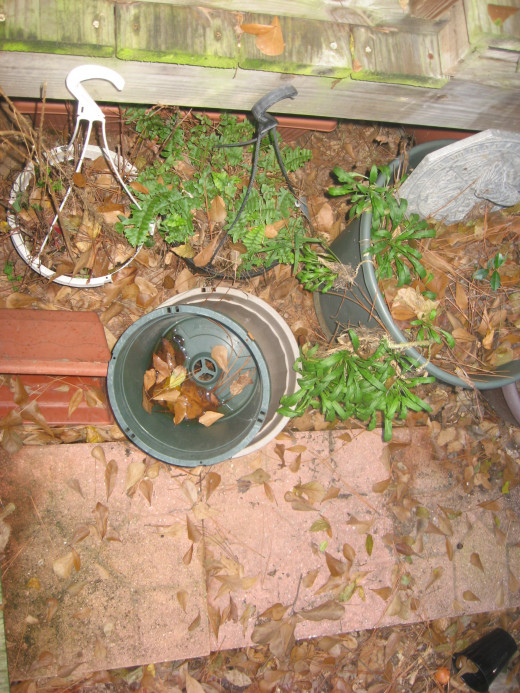
Mosquito Control
Mosquito control isn’t as easy as you might think, especially if you live in a region where the little vampires are rampant. They’re terrible here in the Deep South. We see swarms of them sometimes. The best mosquito control is to hit them where it really hurts – in their breeding grounds. Mosquitoes lay eggs in stagnant water, so make sure you don’t have any of that lying around. For outdoor mosquito control, check your yard, patio, and deck for any potential mosquito nurseries – buckets, tires, children’s toys, saucers under potted plants, etc. If you have a gardon pool or pond, add some fish to eat the larva. The little vampires don’t need much water in which to lay their eggs, though. Hubby had a plastic tarp lying in the back yard once, and one day I noticed lots of wriggling larva in it, and at its deepest point, the water was less than a half inch deep.
Check for water sources often, too. A mosquito can go from egg to larva to pupa to adult in as little as five days. Once they become adults, male mosquitoes usually live for about a week, and females usually survive for about two weeks. The females, however, are very busy during their short lives. A single female mosquito might lay as many as 200 eggs, so it’s imperative to get rid of the places for egg deposits for mosquito control.
What about indoor mosquito control? Maybe you’ve had this experience: You’re in bed, and the house is quiet. You’re all comfy and just about to fall asleep when you hear an annoying high droning buzz near your ear. You know it’s a mosquito, but you can’t see it in the dark. You wave your arm around, hoping to accidentally connect with the insect or to at least scare it away. You listen for a moment but hear nothing. Just when you’re about to drift off again, the buzzing returns. I can’t tell you how many times this has happened to me! For indoor mosquito control, leave your windows closed. If you enjoy bringing in fresh air, make sure your doors and windows have screens. At the height of mosquito season, we keep our home cool enough so that we have to cover up with a sheet while sleeping. That gives the insects less biting area.
Mosquito Killer
For outdoor mosquito control, you might also consider a mosquito killer. There are several different types of these devices. One of the most popular is what we call “the zapper.” I’m sure you know what I’m talking about. It’s a lantern-shaped light that has an electrically charged grid on the inside. Insects are drawn to the ultraviolet light, and they’re electrocuted. Most models, including the Flowtron, have heavy screening around the perimeter that keeps kids, birds, and animals from coming in contact with the charged grid. The Flowtron provides mosquito control for up to one acre of outdoor area.
Another type of mosquito killer is the magnet trap. These things are really smart! They work by sort of imitating the human body. They attract mosquitoes the same way humans do, by emitting carbon dioxide, moisture, and heat. The insects are drawn to the device and are vacuumed into a net, where they die. The Mosquito Magnet MM4100 Patriot model is made of tough materials that can withstand the elements. It can run 24-7 and can take care of a whole acre of yard with no problems, making it a great mosquito killing machine. It isn’t exactly cheap, but if you want real mosquito control without using pesticides, it’s a great option. Even if you’re not worried about Dengue fever or other mosquito diseases, a mosquito killer can make your outdoor activities a lot more enjoyable!



